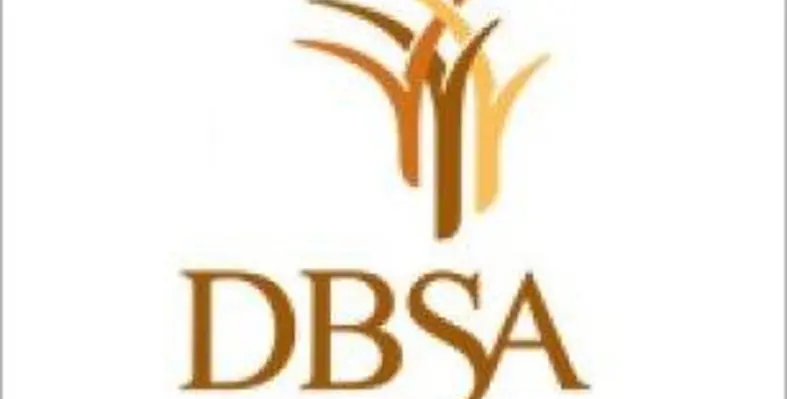Standard & Poors Ratings Services have affirmed its BBB+ long-term foreign currency issuer credit rating on the Development Bank of Southern Africa as well as the A long-term local currency rating
The outlook on both ratings is stable. The short-term ratings also remain unchanged.
The ratings on the Development Bank of Southern Africa Ltd. (DBSA) are based on an equalization with the ratings on the Republic of South Africa (foreign currency BBB+/Stable/A-2; local currency A/Stable/A-1), reflecting Standard & Poor's Ratings Services' opinion that there is an "almost certain" likelihood that the South African government would provide timely and sufficient extraordinary support to DBSA in the event of financial distress.
In accordance with their criteria for government-related entities, the rating approach is based on the view of DBSA's:
- "Critical" role as the South African government's primary vehicle for promoting infrastructure development in the country's municipal and utilities sectors and in the countries of the Southern African Development Community (SADC); and
- "Integral" link with the South African government, through 100 per cent ownership and ongoing government supervision.
Their assessment of "almost certain" extraordinary support is reinforced by recent demonstrations of state support. In November 2009, the government provided DBSA with South African rand (ZAR) 15.2bn (about $2.1bn) in debt guarantees and it has stated its commitment to increasing DBSA's callable capital by an equivalent amount to replace the guarantee.
Good capitalisation
In their view, DBSA has good capitalisation; adjusted total equity plus loan loss reserves covered 47.7 per cent of customer loans at March 31, 2011. In the past, capital has benefited from adequate internal capital generation, however 2009 and 2010 earnings (which feed into capital reserves) have become somewhat restrained by a lower interest rate environment. Large lending concentrations represent a moderate threat to otherwise robust levels of capital, with the top 20 loans accounting for 110 per cent of Common Shareholders Equity (CSE). Positively, DBSA's asset quality continues to improve alongside South Africa's gradual economic recovery. At March 31, 2011, nonperforming loans (impaired, 90 day overdue and restructured loans) accounted for 4.52 per cent of total loans, down from 5.12 per cent one year earlier.
DBSA is funded through its strong capital position and the international and domestic wholesale markets. The bank's public-sector status gives it good access to the capital markets although pricing tends to be somewhat higher than South African entities that benefit from a sovereign guarantee.
Growth
Standard & Poor believe DBSA's asset growth will accelerate over the next few years. In the near-to-medium term, DBSA expects the focus of its lending activities to be in the areas of water and sanitation, education, health, and energy, in line with the government's infrastructure investment priorities. The expansion of DBSA's balance sheet will lead to weakening capitalisation, increased pressure on funding, and could threaten asset quality, all of concern. Throughout 2010, the DBSA had relatively robust loan growth of 15 per cent despite the poor, but improving, economic conditions. This was considerably higher than that of private sector banking peers, and reflected DBSA's role in the government's countercyclical strategies and its alignment with government policies to boost infrastructure investment. However, we believe that the government will increase its support accordingly, should the need arise.
The stable outlook reflects the rating outlook on South Africa. The ratings on DBSA will move in conjunction with those on the sovereign as long as we assess the likelihood of support as "almost certain". They expect this to be the case because infrastructure improvements and development of the municipal sector will likely remain government priorities for the foreseeable future, underpinning the view of DBSA's critical role and integral link within South Africa's public policy.
Complete ratings information is available to subscribers of RatingsDirect on the Global Credit Portal at www.globalcreditportal.com. All ratings affected by this rating action can be found on Standard & Poor's public Web site at www.standardandpoors.com. Use the Ratings search box located in the left column.






